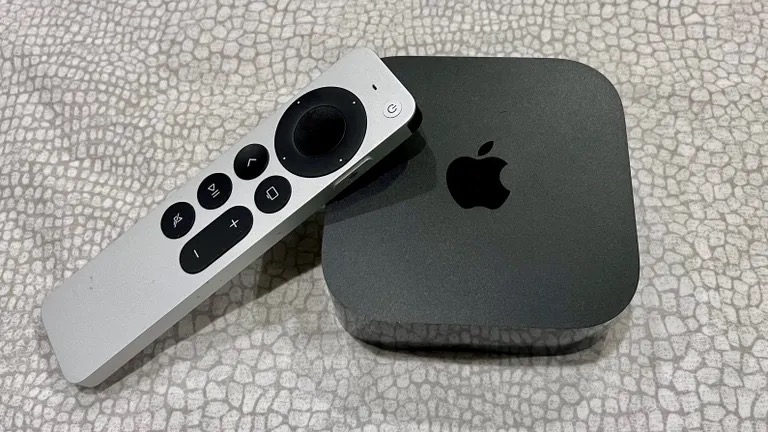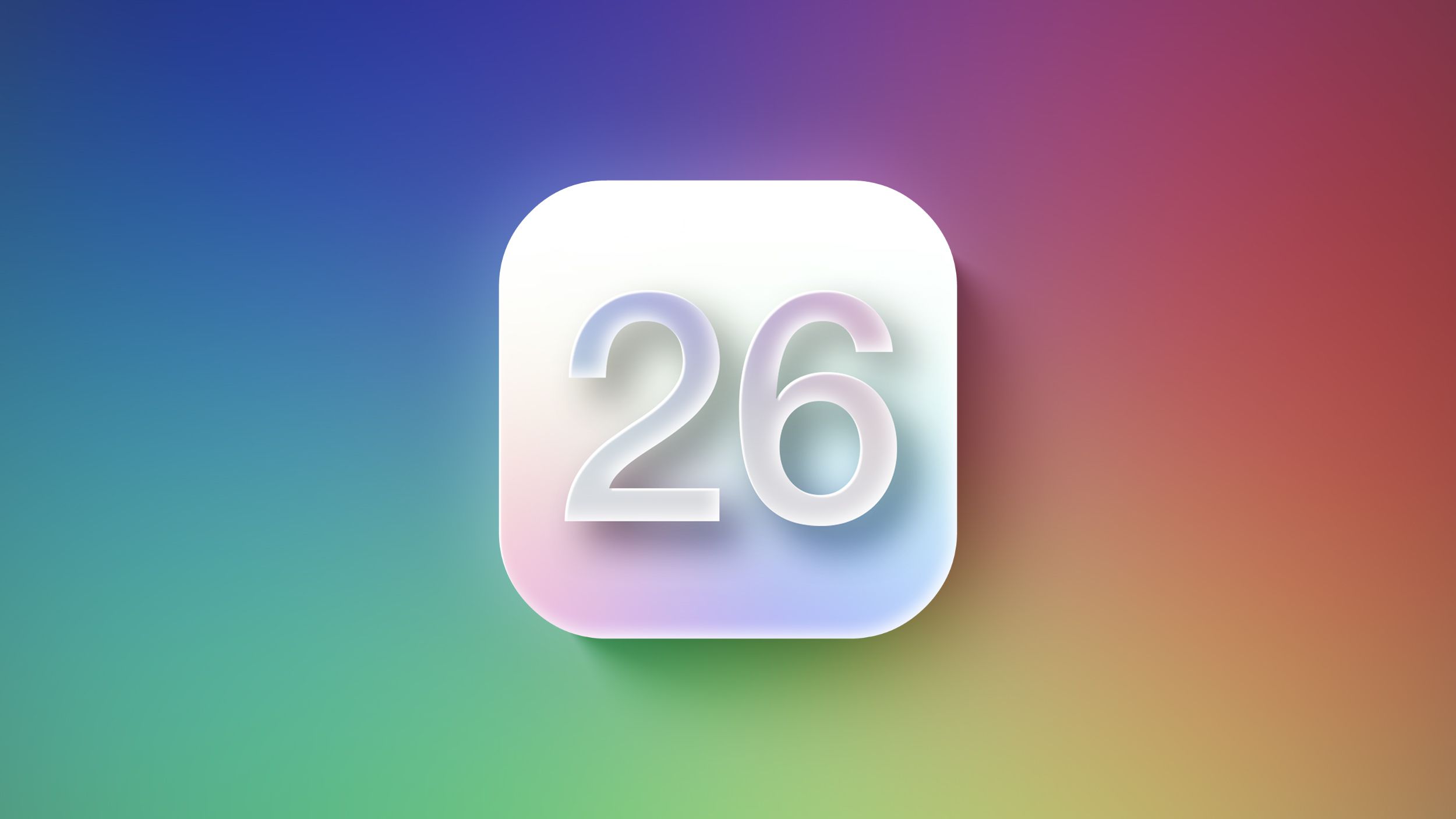The Future of Technology: Apple TV 4K, AI Innovations, and iOS 26 Leaks
Author: Jacob Krol

In an era where technology continues to evolve at a breakneck pace, the latest developments from industry giants such as Apple and Hewlett Packard (HP) are setting the stage for transformative shifts in user experience and data privacy. This article delves into three pivotal topics: the ongoing relevance of Apple TV 4K as a secure streaming device, Hewlett Packard's exceptional quarterly performance attributed to AI, and exciting prospects for Apple's next iOS update as the Worldwide Developers Conference (WWDC) 2025 approaches.
Apple TV 4K has consistently garnered attention for its commitment to user privacy. A recent report asserts that this streaming device remains the top choice for privacy-conscious viewers, primarily because it presents a minimal exposure to advertising. Users can enjoy uninterrupted entertainment without the intrusive ad placements that have become commonplace in other streaming platforms. The absence of frontline ads not only enhances the viewing experience but also signals Apple's dedication to preserving user privacy in a digital landscape often plagued by data security concerns.

Apple TV 4K: A Streaming Device Committed to Privacy
On another front, Hewlett Packard Enterprise has exceeded revenue expectations for the second quarter of 2025, driven by an increased demand for AI-enhanced servers and hybrid cloud solutions. Despite reporting a significant impairment charge of $1.36 billion, the company showcased its robust performance amidst growing interest in AI technologies. As enterprises continually embrace digital transformation, HP's investments in AI infrastructure position it well for the future. This incremental growth reinforces the broader trend where businesses increasingly rely on artificial intelligence to optimize operations and scale effectively.
As anticipation builds for Apple’s WWDC 2025, numerous leaks have surfaced detailing the rumored features of iOS 26. The update is expected to usher in a significant design overhaul across Apple’s operating systems, moving towards a more translucent and glass-like interface reminiscent of visionOS. This design shift, aptly dubbed ‘Project Solarium’, aims to enhance visual aesthetics and user interaction by making app elements more seamless and immersive. Furthermore, significant updates to essential apps like Messages and Music, along with new functionality in Siri and health-related features, are also anticipated.

Conceptual Design of iOS 26: A Glimpse into Apple's Upcoming Update
The WWDC 2025 keynote is set to occur on June 9, offering Apple enthusiasts a first look at the forthcoming iOS 26 features. This yearly conference not only serves as a platform for unveiling new technologies but also highlights Apple's dedication to integrating advanced AI functionalities. The anticipated AI battery management feature, designed to optimize battery life through usage analysis, stands out as an example of how Apple is intertwining intelligence with user functionality.
As the digital landscape evolves, the intersection of privacy, AI advancements, and design innovations in mobile operating systems presents a dynamic arena that is captivating both consumers and industry observers alike. Devices such as the Apple TV 4K exemplify a shift towards greater corporate responsibility in user privacy. Meanwhile, HP's growth mirrors a strong market demand for AI solutions, paving the way for a tech ecosystem that prioritizes intelligent automation and cloud capabilities. With the upcoming iOS 26 update, Apple is gearing up to refine user interactions with smarter, more integrated features.
In conclusion, as we look toward the future of technology through the lens of these developments, it is clear that privacy, artificial intelligence, and user experience will remain foundational pillars. As companies like Apple and HP lead the charge in their respective domains, consumers can expect a more interconnected, private, and intelligent technological environment. The road ahead promises exciting innovations that will reshape how we interact with our devices and manage our digital lives.